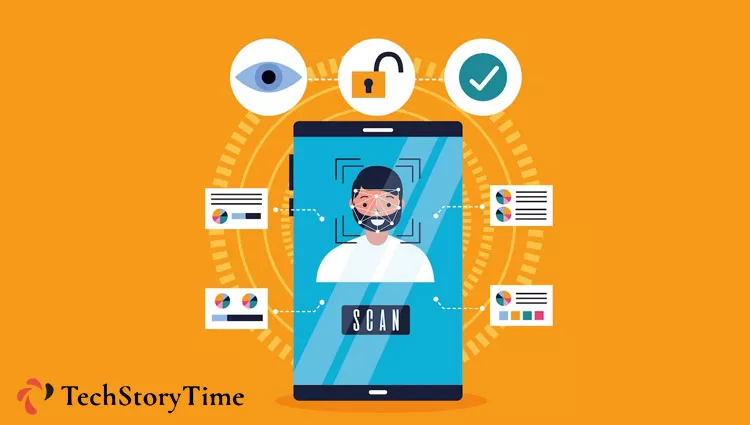Today almost every application, online account, and VPN service are using multi-factor authentication to protect user accounts from fraudsters.
Multi-factor authentication is an authentication method that requires one or more additional verification factors when a customer tries to log in.
At the time of logging in, customers are asked to provide additional information apart from their username and password. Most of the time, it is a one-time password sent to the user’s email or registered phone number.
In this guide, we’ll go over Multi-factor authentication, how it works, and common methods of verification.
What is Multi-Factor Authentication and Its Methods?
A multi-factor authentication is a layered approach that increases organizational security as well as user security. Multi-factor authentication has become a norm. Any online login service you can think of today employs multi-factor authentication.
There are three types of multi-factor authentication that businesses globally use, these include:
- Inherence Authentication- Inherence factors are something a user has. These include facial recognition, fingerprint, iris verification, etc. This authentication method is very strong and no one can access your online accounts.
- Knowledge-Based Authentication– Knowledge factor includes passwords, security PIN, and personal information such as date of birth, mother’s name, first pet’s name, etc.
- Possession Factors– Possession factors include authentication methods such as sending a one-time password to the registered mobile number, a CVV code, etc.
What Is The Need For Multi-Factor Authentication?
In today’s digital world, the need for multi-factor authentication is increasing day by day. It protects the sensitive information of users from hacking attempts.
Multi-factor authentication requires more than one additional verification factor in addition to a username and password.
Online accounts, cloud services, and other online apps are using multi-factor authentication to protect users and organizations from hackers.
What Are The Differences Between MFA and Single Sign-On (SSO)?
MFA services are used by online platforms to enhance their security measures. On the other hand, SSO enables users to use one set of login credentials across multiple devices and applications.
For example: if you log in to a Google service, such as Gmail, then you can easily access other Google products without signing in a second time.
Is Multi-Factor Authentication Secure?
Compared to basic username and password login, multi-factor authentication adds another layer of security to the process. It is a far more secure method compared to other methods of logging in.
Here are some reasons businesses should implement multi-factor authentication:
- MFA protects your users from hacking attacks.
- If a user receives an OTP without trying to log in, they can know someone is trying to log in.
- Multi-factor authentication educates users about the importance of account security.
- More secure than two-factor authentication.
Pros and Cons of Multi-factor Authentication Methods
Pros:
- Multi-factor authentication adds a layer of security and protects the accounts of users.
- MFA restricts hacking attempts and safeguards confidential information as well.
- It ensures that only authorized persons access the data.
- After applying MFA authentication, an organization can protect its hardware as well as software from intrusion.
- It also increases login security, thus only authorized users can access the account.
Cons:
- Multi-factor authentication method process is slow and it is a time-consuming process.
- Multi-factor authentication is a very costly method for online services.
Is Multi-Factor Authentication Important For Business?
Hackers can easily steal usernames and passwords, thus businesses need to use multi-factor authentication methods. MFA enables businesses to protect their sensitive data from hacking attempts.
Multi-factor authentication uses additional authentication factors, thus a business can enhance user security. Through MFA, businesses can restrict unauthorized intrusions as well as protect the sensitive information of users.
Alternatives of Multi-Factor Authentication
1. Social Login
Social login also known as social identity verification allows users to authenticate themselves on different online platforms with the same ID and passcode.
Many social networking platforms including Facebook, Twitter, and Google have social login features, thus you do not need to create a new account.
Examples: Games asking users to log in with their Facebook accounts.
2. Security Questions
Security questions are a kind of Knowledge-based authentication that are generally used to authenticate the identity of users via questions.
In other words, security questions are a set of simple questions about yourself. Such as:
- What is your mother’s name?
- What was the name of your first pet?
- What is your hobby?
3. Risk-Based Authentication
Risk-based authentication is a powerful authentication method. It is because it applies different levels of stringency in an authentication process according to the needs of the user and the level of risk.
4. Time-Based One-Time Password Authentication
Time-based one-time password authentication generates passwords in the current time for a user but the validity of passwords is bounded by time. This is a very popular method of authentication and it is generally used by banking institutions to authenticate their users.
Conclusion
Almost every online service is using multi-factor authentication methods to protect themselves as well as their customers from data stealing. MFA methods help businesses to enhance their platform security as well as increase login security.
The commonly used authentication factors are listed below:
- Inherent Factors– Face recognition, fingerprint, iris imprints, etc.
- Knowledge-Based Factors– Passwords, security PIN, date of birth, etc.
- Possession Factors– OTP, TOTP, CVV codes, etc.





